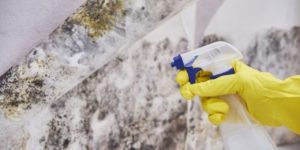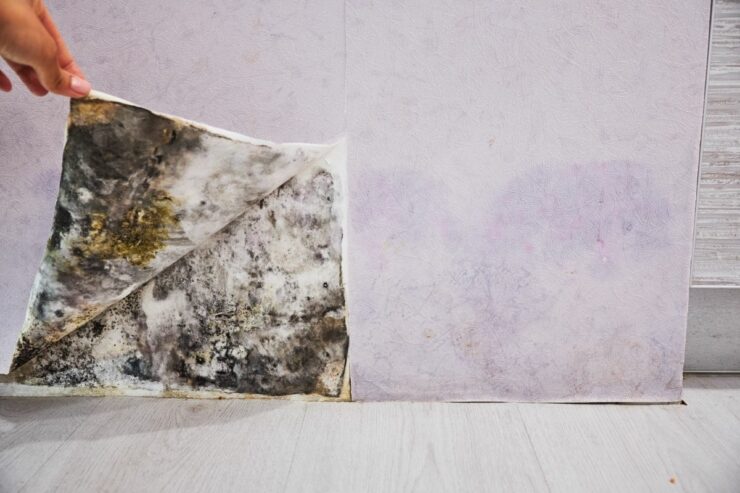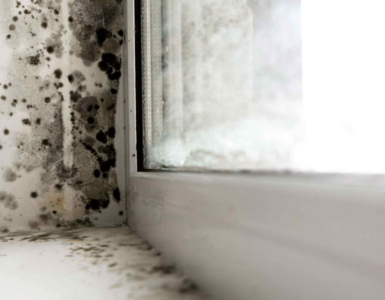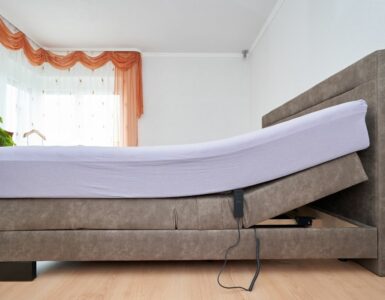Regardless of if it’s a humid summer or a damp winter, moisture indoors results in mold in the house. Mold often grows on walls, but also on toys, books, clothes, and other things that you keep inside. You shouldn’t let your prized possessions get damaged by mold, but this is not the only problem you’ll be facing if there’s mold in your home. There are many health problems caused by mold in the house, and you’re about to learn more about them. Let me first just tell you a few things about mold.
It’s actually a form of fungus, and it can occur outdoors as well as indoors. There are many types of mold, but they all produce spores in indoor environments. They float around in the air, and it’s not possible to prevent them. Mold spores persist even in conditions where mold can’t appear and thrive in warm and moist environments. They can grow on plastic, glass, wood, paper, and fabric and digest the materials as they grow.
As I mentioned earlier, there are many health problems caused by mold in the house, and they are especially difficult for people who have a respiratory problem, weakened immune system, or allergy. Here are the biggest health problems caused by mold in the house:
1. Breathing problems
Unstable organic compounds, fragments, cells, and spores often enter the air as the mold grows. These dangerous things can produce mycotoxins, irritants, and allergens. Some can even be toxic, especially to those who are sensitive to them. Dampness can also cause the breakdown of materials which results in increased dust and particles in the air. They can irritate the throat, the nose, and the longs, especially in those who have existing breathing problems, chronic lung conditions, or asthma.
2. Allergy
One of the health problems caused by mold in the house are allergies, and those with existing allergy or sensitivity to particles related to mold may also react. Mold allergies most of the time cause the same symptoms as other allergies, among which is a fever. Other symptoms are an itchy throat and nose, watery eyes, a runny or blocked nose, and sneezing. Those who have both asthma and mold allergy are more likely to have an asthma attack in the house where mold is present.
 3. Aspergillosis
3. Aspergillosis
Aspergillus is a type of mold that can cause aspergillosis, which is a serious medical issue. Those who have a lung disease or a weakened immune system might have severe reactions. There are various types of aspergillosis, and they all cause separate problems. ABPA (Allergic bronchopulmonary aspergillosis) affects the lungs, which causes breathing problems. Allergic Aspergillus sinusitis affects the nose, as well as causes headaches. Fungus ball or aspergilloma causes a bad cough, and breathing problems, as well as chronic pulmonary aspergillosis, which can also result in weight loss.
4. Other conditions
Mold can cause the production of bacteria and microbes, which can result in an inflammatory response. Health problems caused by mold in the house also include an increased risk of fungal and bronchial infections. It may even lead to allergic fungal sinusitis, problems with the lower respiratory tract, hypersensitivity pneumonitis, chronic rhinosinusitis, bronchitis, and allergic alveolitis. People have also experienced nausea, eye and skin irritation, sick-building syndrome, wheezing, insomnia, fever, headache, and fatigue due to mold in the home. It can also trigger bronchitis. The likelihood of experiencing health problems caused by mold in the house depends on the amount of mold, as well as the person’s respiratory and immune health.
There is something you can do to protect yourself, and prevent these health problems caused by mold in the house. The most important thing is to control the moisture and keep your home well ventilated and clean. Besides removing the mold, you can take care of the humidity in your home. Humidity is often caused by water leaks, moisture in the air on humid and rainy days, use of water for cooking and washing, breathing, and living in a home with tightly sealed doors and windows. The humidity level in your home should be below 60% if you want to prevent mold.
Most importantly, when you see the signs your home has toxic black mold, don’t ignore them. You need to remove any mold in your home in order to stay healthy and prevent it from causing more problems than the unpleasant-looking walls. You should especially be careful if you have a weakened immune system or existing respiratory problems, so keep your home clean and well ventilated. Don’t let mold ruin your home and your health – take action as soon as you notice it instead.












